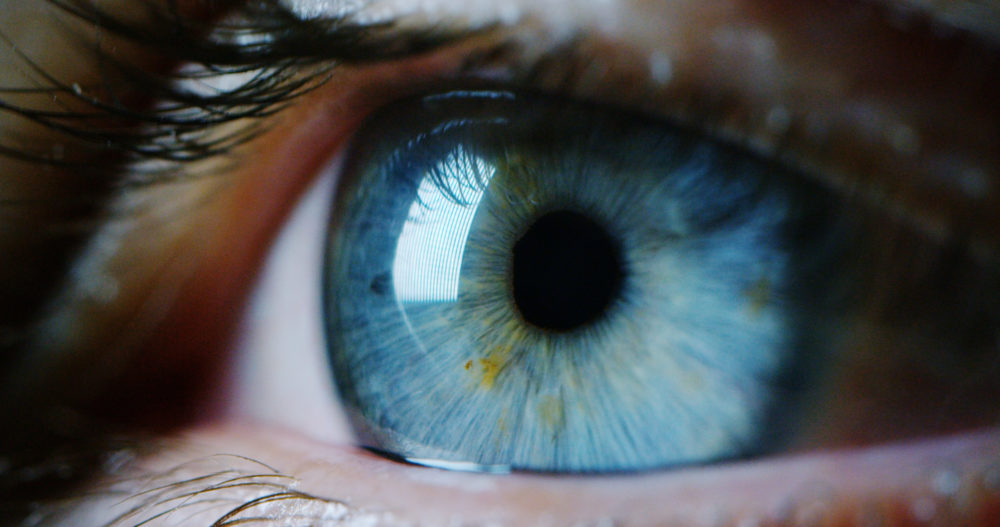Lawsuit Alleges Link Between Elmiron and Vision Problems Withheld From Public, Medical Community

According to allegations raised in a product liability lawsuit, drug makers withheld warnings about the risk of vision problems from Elmiron for years, purposefully deceiving users of the interstitial cystitis drug, as well as doctors and federal regulators.
The complaint (PDF) was filed by Patricia Parker in the U.S. District Court for the Middle District of North Carolina on August 25, presenting claims against Johnson & Johnson, it’s Janssen Pharmaceuticals and Ortho-McNeil Pharmaceutical subsidiaries, and Teva Pharmaceuticals as defendants.
Parker indicates she was prescribed Elmiron for the treatment of her bladder condition in 2003, and continued to use the drug until earlier this year. According to lawsuit, she began suffering vision problems in 2015, including blurred vision, distorted vision, eye pain, reading difficulties, and problems with night vision. However, it was not until last year that she was diagnosed with a condition now known as pentosan polysulfate maculopathy or Elmiron-associated maculopathy.

Learn More About
Side effects of Elmiron have been associated with vision loss and retina damage known as pigmentary maculopathy.
Learn More About this Lawsuit SEE IF YOU QUALIFY FOR COMPENSATIONElmiron (pentosan polysulfate sodium or PPS) has been marketed as safe and effective treatment for interstitial cystitis, also known as “painful bladder syndrome”. Although concerns have existed among some ophthalmologists for years about a potential link between Elmiron and vision problems, warnings were not added to the drug label until June 2020.
The drug makers were forced to update the Elmiron warning label in the U.S. more than six months after similar information was added by manufacturers of the drug in Canada.
The label update came after a series of independent studies and case reports published in recent years highlighted cases involving visual injury and pigmentary changes in the retina among long-term users of Elmiron. The drug has been linked to reports in which users to experienced difficulty adjusting in dark light, problems reading, centralized dark spots and other complications, yet information about the risk of pigmentary maculpathy was withheld from the drug warning label for years.
“Defendants also marketed Elmiron while, at the same time, withholding material adverse events from the public, the medical community, and FDA,” Parker’s lawsuit states. “Specifically, Defendants failed to disclose the known link between using Elmiron and the risk of harm to vision, including, but not limited to, pigmentary maculopathy.”
Since most ophthalmologists were previously unaware of the risks associated with the bladder drug, a growing number of long-term Elmiron users are just now learning that they may have been previously misdiagnosed with other retinal diseases, such as macular degeneration, pattern dystrophy and other problems, which were actually caused by the toxic effects of the drug on the eyes.
Get more articles like this sent directly to your inbox.
"*" indicates required fields






0 Comments